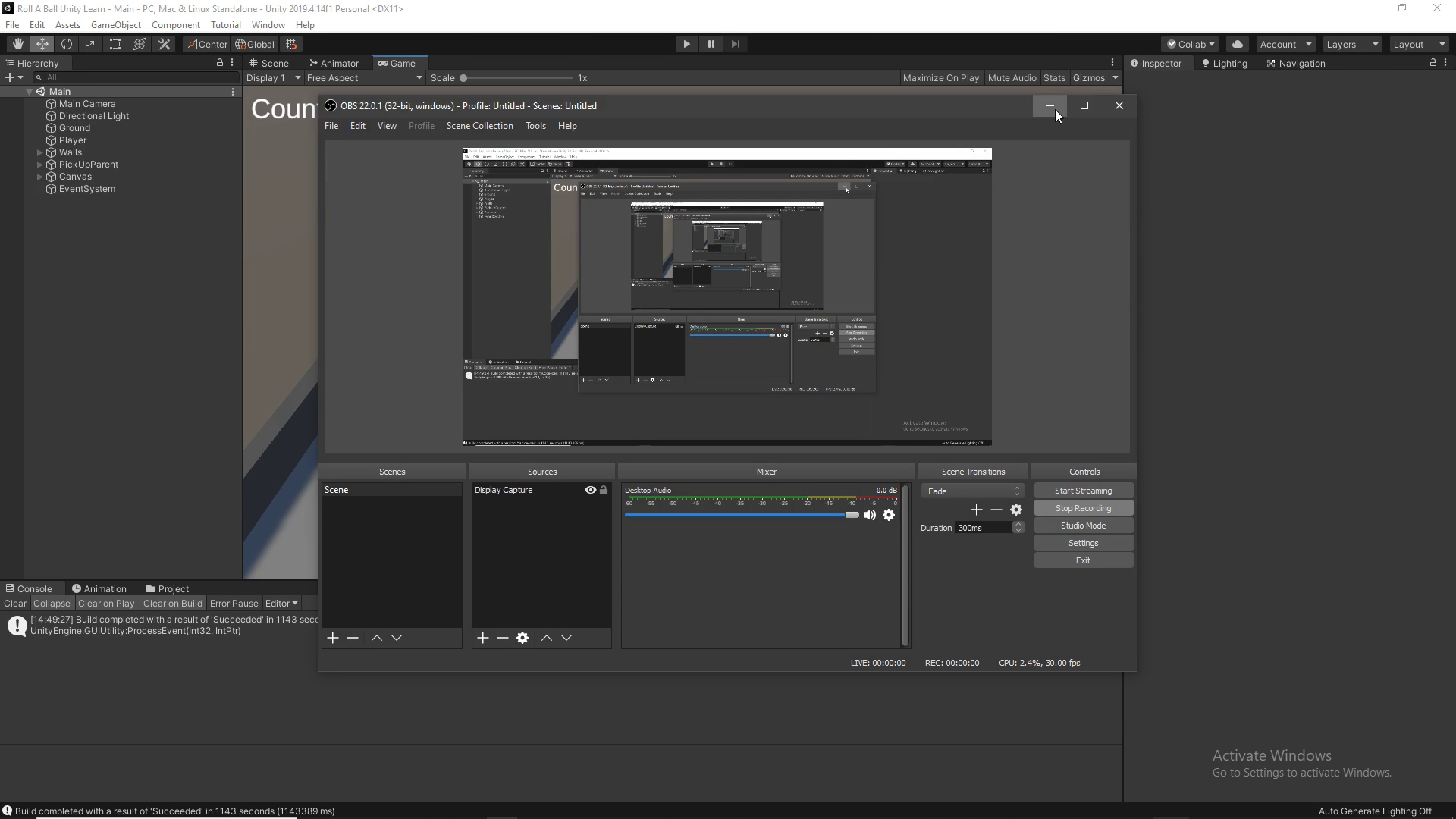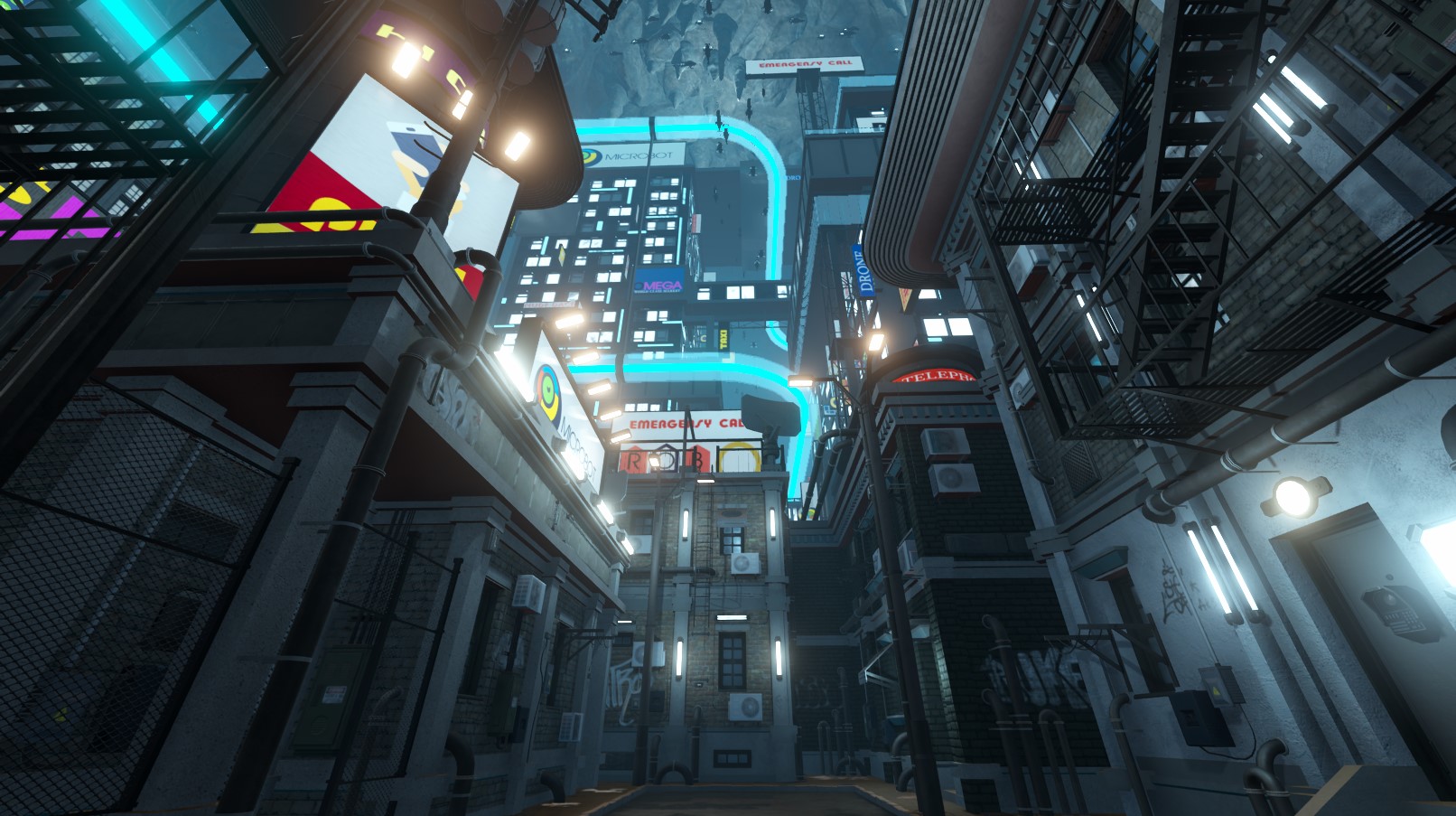
The following property is only available to the Chain (CCD) IK Solver: Property The Solver stops running once the set tolerance or number of iterations is reached. This IK Solver uses the Cyclic Coordinate Descent algorithm,which gradually becomes more accurate the more times thealgorithm is run. This Solver’s chain length is fixed to three bones - starting from the Effector bone/Transform and including up to two additional bones in its chain. This is a standard two bone Solver that is ideal for posing joints such as arms and legs. Restore Default PoseĬlick this to reset all bones and Transforms back to their original positions. It is applied in addition to the Solver’s individual Weight settings. The IK Manager 2D has a master Weight property that affects all Solvers it controls. Weight measures the degree that a Solver’s solution affects the positions of the bones/Transforms in the chain. Rearrange the Solvers by dragging the leftmost edge of a row up or down. The order of Solvers usually reflects the order of bones/Transforms in the skeleton hierarchy.įor example, if the arm bone is the child of the torso bone, then the torso's IK Solver should be set above the arm’s Solver in the list. IK Solvers are iterated in descending order, with Solvers lower in the list referring to the positions set by the Solvers higher in the list. Each type of IK Solver uses a different algorithm to solve for the position of Effectors. To add an IK Solver, click the + symbol at the bottom right of the IK Solvers list (see below).Ī drop-down menu then appears with three options - Chain (CCD), Chain (FABRIK), and Limb. In this example, add the component to PlunkahG as it is the Root bone in the hierarchy: Add the Manager component to the highest bone in the hierarchy, commonly referred to as the Root bone. The IK Manager 2D component controls the IK Solvers in the hierarchy. The threshold where the Target is considered to have reached its destination position, and when the IK Solver stops iterating. The number of bones/Transforms (starting from the Effector) in the chain that the IK solution is applied to. The following properties are only available to Chain (CCD) and Chain (FABRIK) This value is further influenced by the IK Manager's master Weight setting. At the maximum value of 1 the IK solution is fully applied. At the lowest value of 0, the IK solution is ignored.

Use the slider to adjust the degree the IK Solver’s solution affects the original Transform positions. Disable to apply 2D IK in relation to the Effector’s current position and rotation. This constrains the rotation of the Effector to the rotation of the Target.Įnable to restore the bones to their original positions before 2D IK is applied. The Transform which is used to indicate the desired position for the Effector. The following are properties are available to all Solvers: Propertyĭefine the bone or Transform the IK Solver solves for. Each type of IK Solver has its own algorithm that makes them better suited to different kinds of conditions. The IK Solver calculates the position and rotation the Effector and its connected bones should take to achieve their Target position.

Transforms to move the chain of bones with IK applied. Create or set a Target for the IK Solver. With an IK Solver selected, select its Effector bone/Transform. The IK Solvers are also added as additional GameObjects in the hierarchy.

This is usually the main root bone of the entire character skeleton.Īdd to the IK Solvers list by selecting which type of IK Solver to use. Refer to the hierarchy of bones created with the Bone Editor (refer to documentation on 2D Animation for further information).Īdd the IK Manager 2D component to the GameObject at the top of the hierarchy.
K 3d nd unity how to#
The following workflow continues from the 2D Animation workflow, and demonstrates how to apply 2D IK to your character skeletons. This makes it easier to pose and animate character limbs for animation, or to manipulate a skeleton in real-time, as manually keyframing the chain of bones is not required. 2D IK automatically calculates for the positions and rotations of the a chain of bones moving towards a target position. The 2D Inverse Kinematics (IK) package allows you to apply 2D IK to the bones and Transforms of your characters’ animation skeletons.


 0 kommentar(er)
0 kommentar(er)
